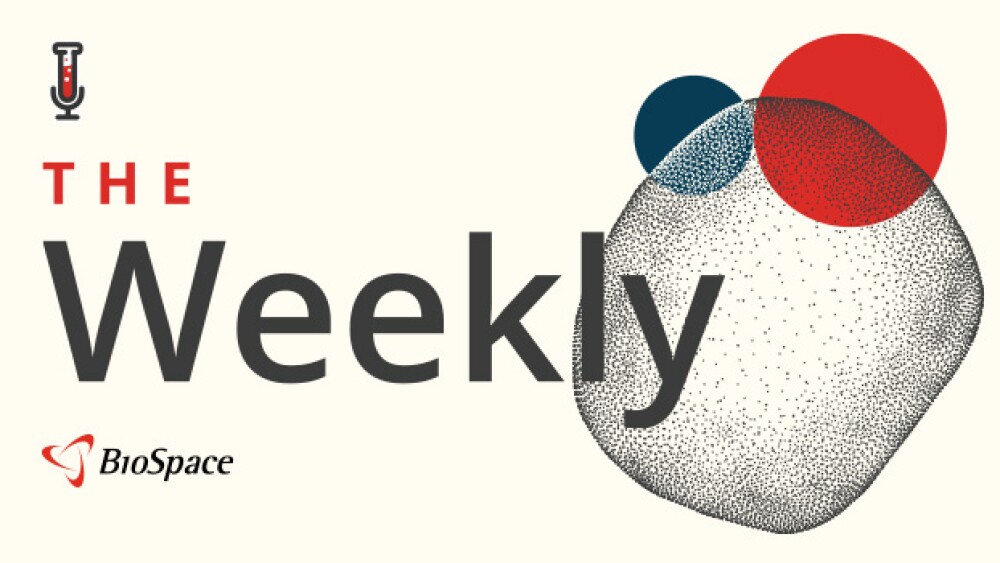In a case study released October 23 by Oculus for Business from Facebook, Nimbus Therapeutics explains why they expect to save tens of thousands of dollars per year by investing in virtual reality (VR) hardware from Oculus and software from Nanome, Inc., and how the technology could potentially help increase their earnings by accelerating their timeline to market.
|
SAN DIEGO, Nov. 2, 2020 /PRNewswire/ -- In a case study released October 23 by Oculus for Business from Facebook, Nimbus Therapeutics explains why they expect to save tens of thousands of dollars per year by investing in virtual reality (VR) hardware from Oculus and software from Nanome, Inc., and how the technology could potentially help increase their earnings by accelerating their timeline to market. Nanome's immersive scientific design and collaboration platform is already used by more than a dozen of the top biopharmaceutical companies, but this study serves as a long-awaited proof of concept for the industry. Nimbus Therapeutics focuses on early-stage drug discovery and development. The company's drug discovery team uses Nanome software to help them design small-molecule compounds that target certain proteins that are implicated in disease mechanisms. The software accelerates scientific decision-making by enabling the visualization, modification, and simulation of the biological and chemical compounds in 3D. "We create an immersive environment where chemists can build small molecules in the context of a protein's binding site," said Nanome CTO Sam Hessenauer. "It's like being able to build a key from inside a lock." In addition to integrating with existing workflows and assisting the computational chemists with the design of the compounds, Nanome's software also enhances communication between the scientists through real-time collaboration. Time and cost savings It still takes years and millions of dollars for a drug to make it onto pharmacy shelves, but the case study reveals some of the ways VR is beginning to help Nimbus Therapeutics reduce initial timelines and some of the associated costs. "Being able to inspect these structures inside VR gives us the opportunity to ask other questions, propose additional experimentation, and test our ideas to move the science forward," said Lewis Whitehead, PhD, Director of Computational Chemistry at Nimbus Therapeutics. Like many others in the pharmaceutical industry, Whitehead's team is looking for ways to shorten the 12–18 month "lead optimization" timeline and reduce project costs. For them, Nanome provides a significant advantage. In one example described in the study, the virtual reality tools revealed the need to increase the activity of a compound. "These kinds of decisions can save tens of thousands of dollars a year," said Whitehead. MEDIA CONTACT: press@nanome.ai
SOURCE Nanome, Inc. |





